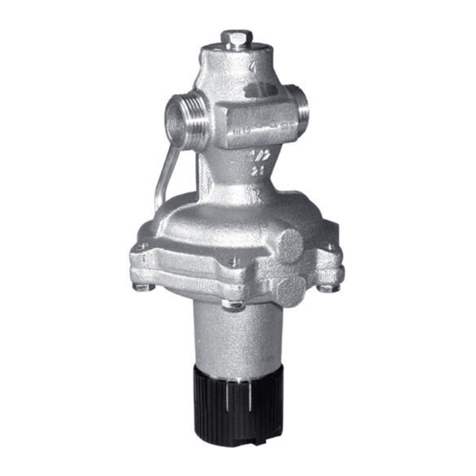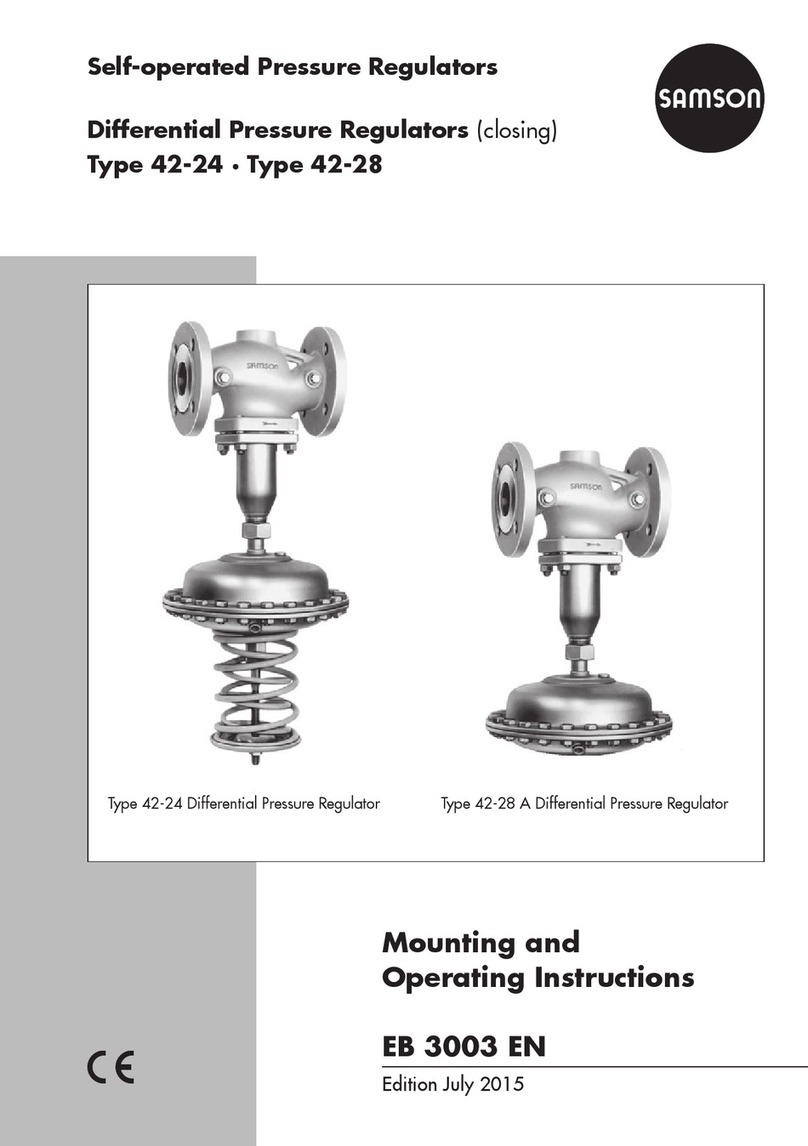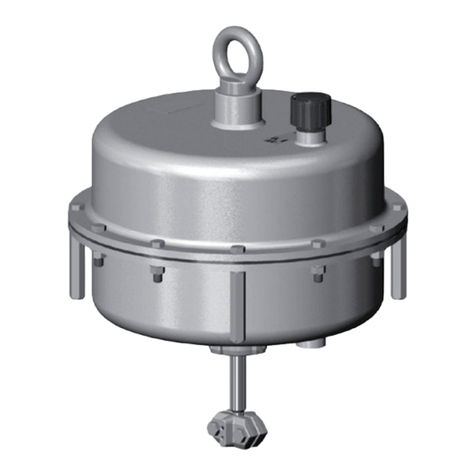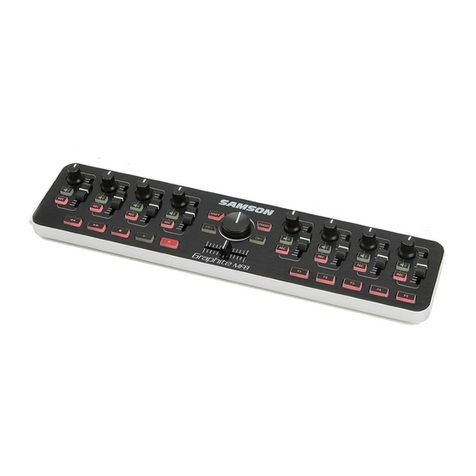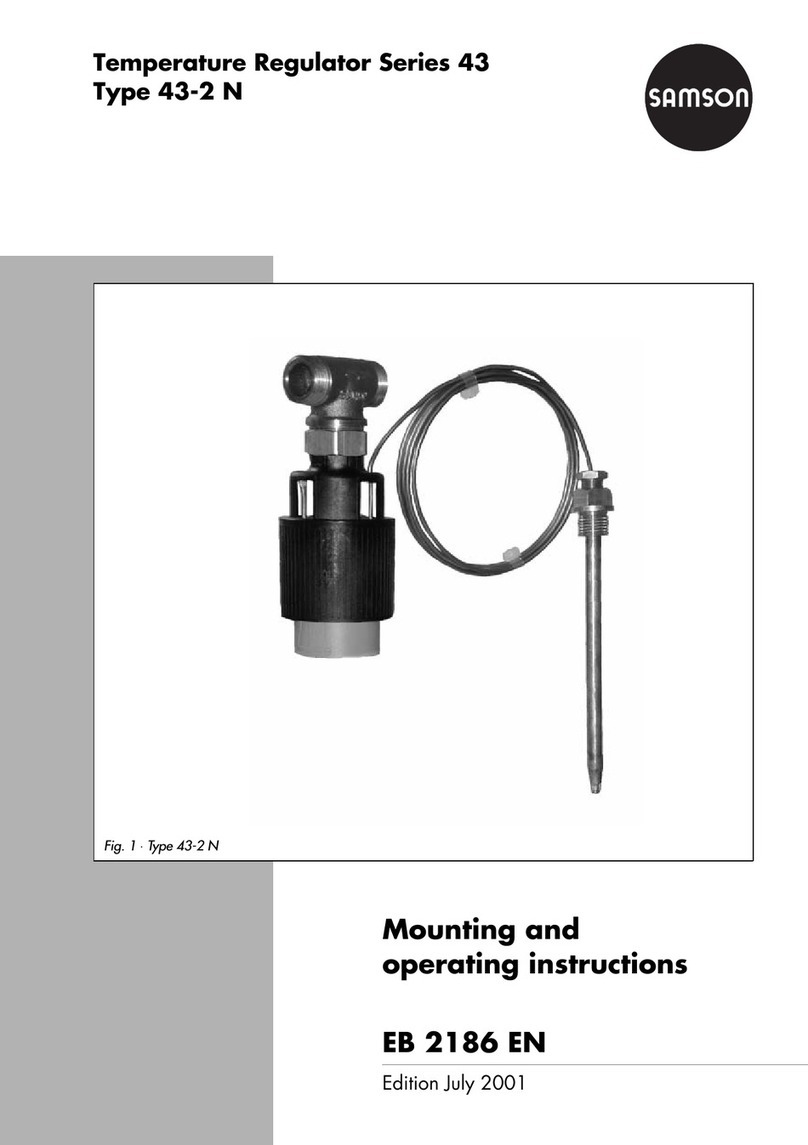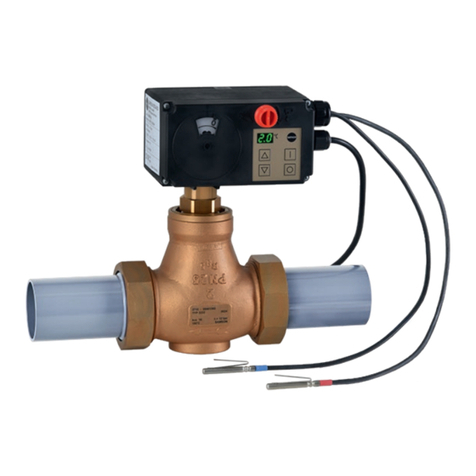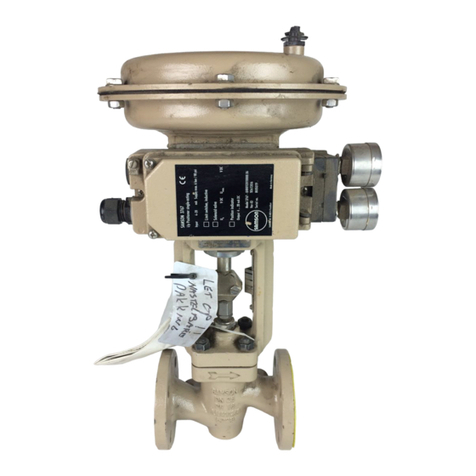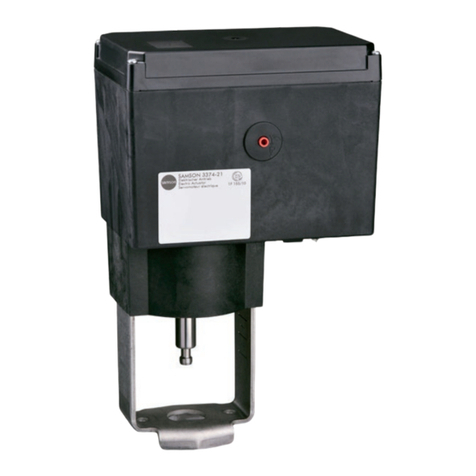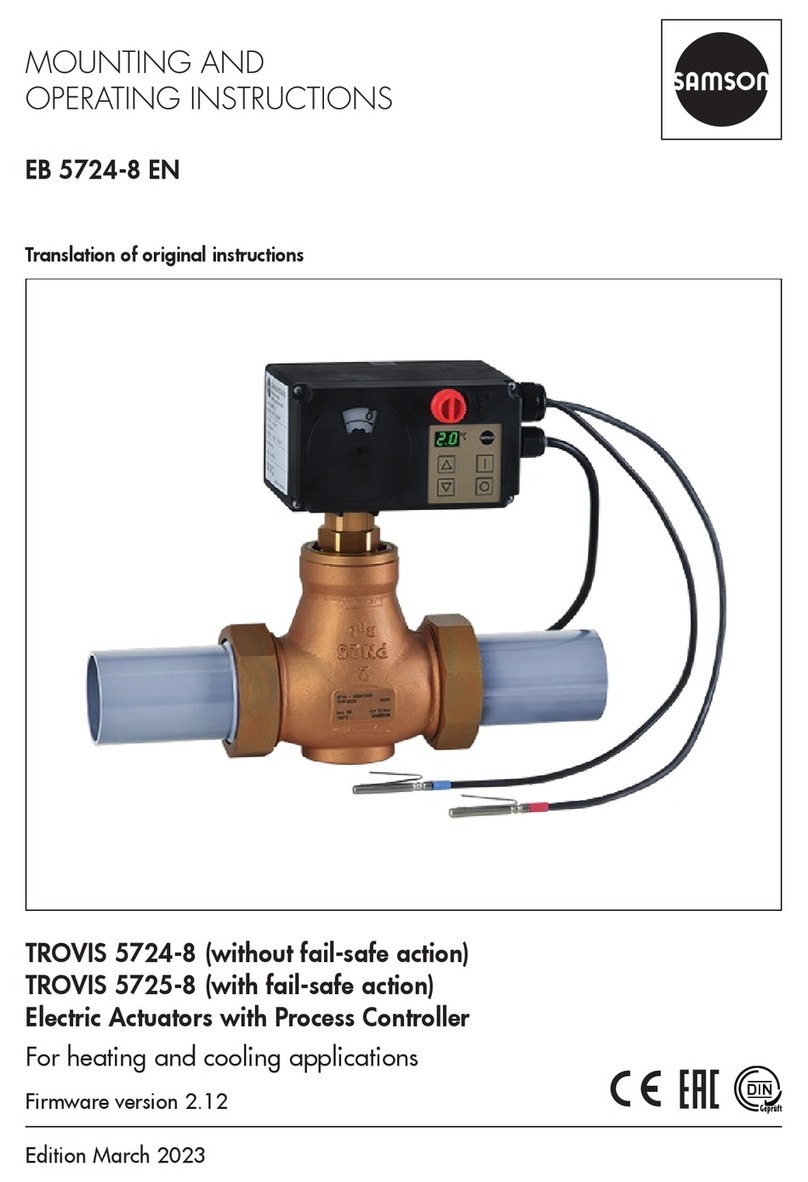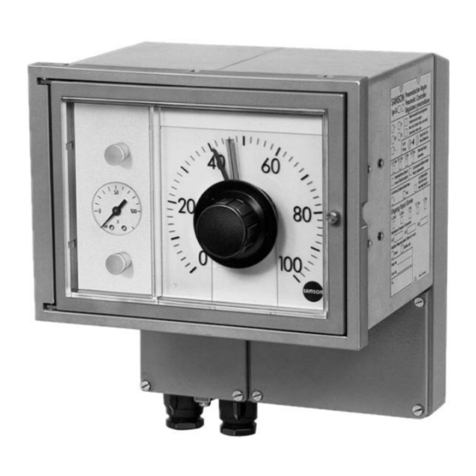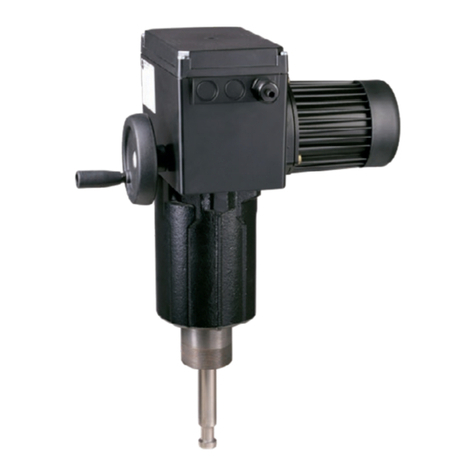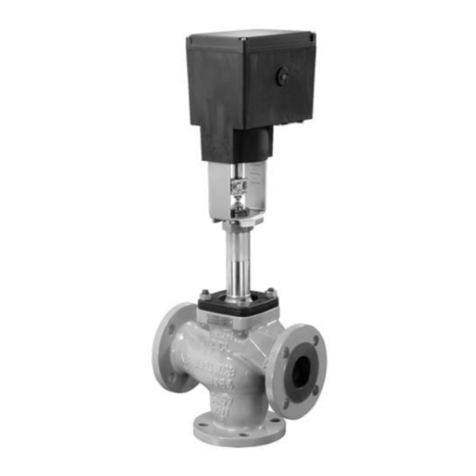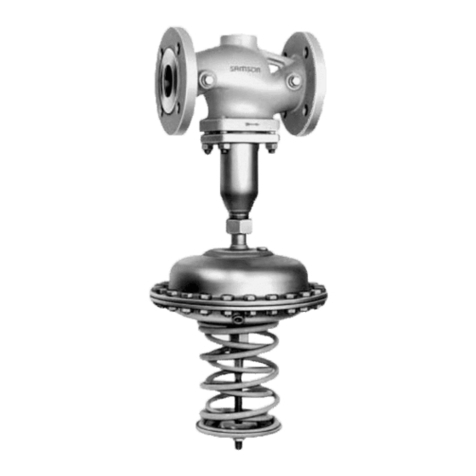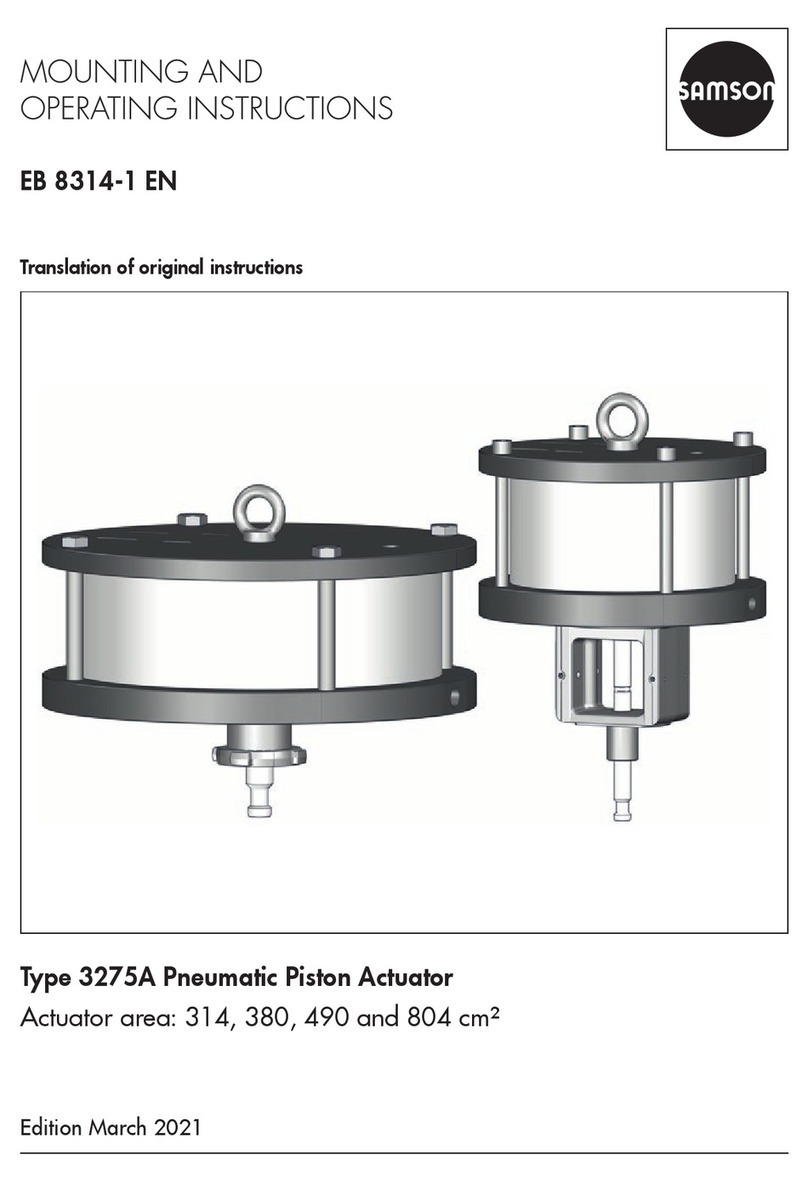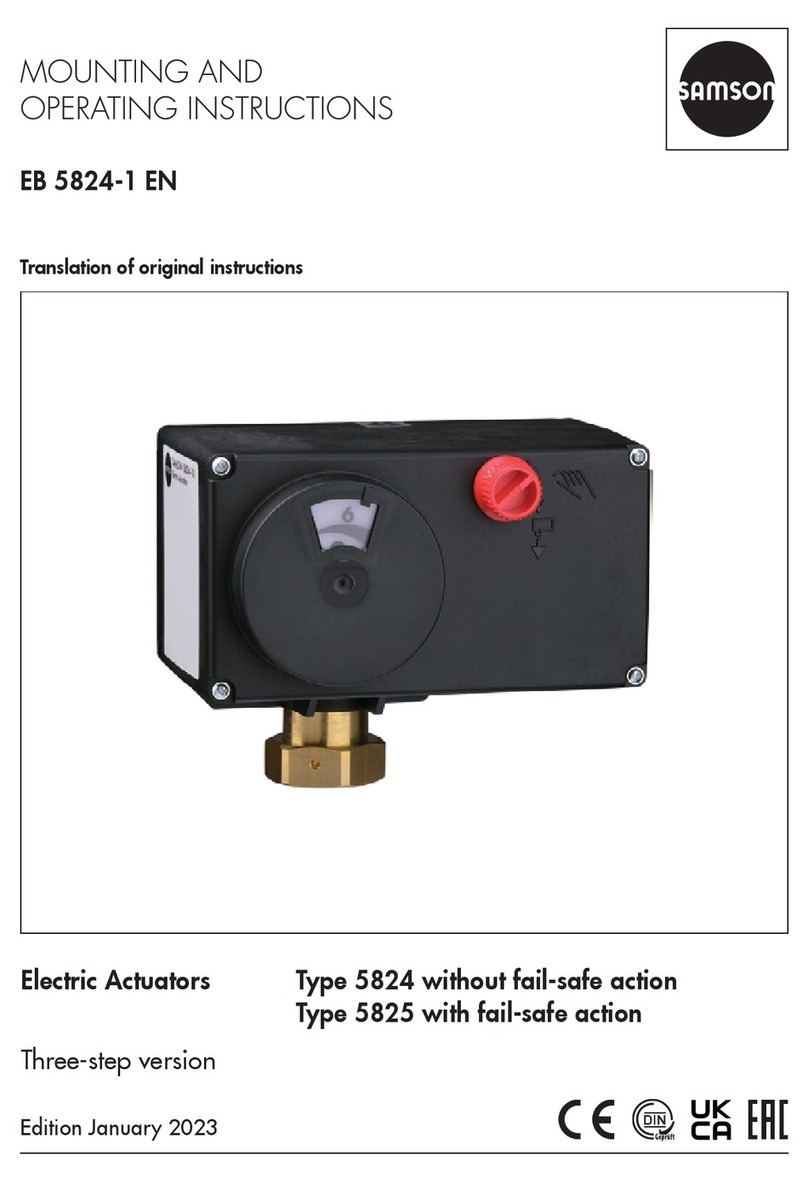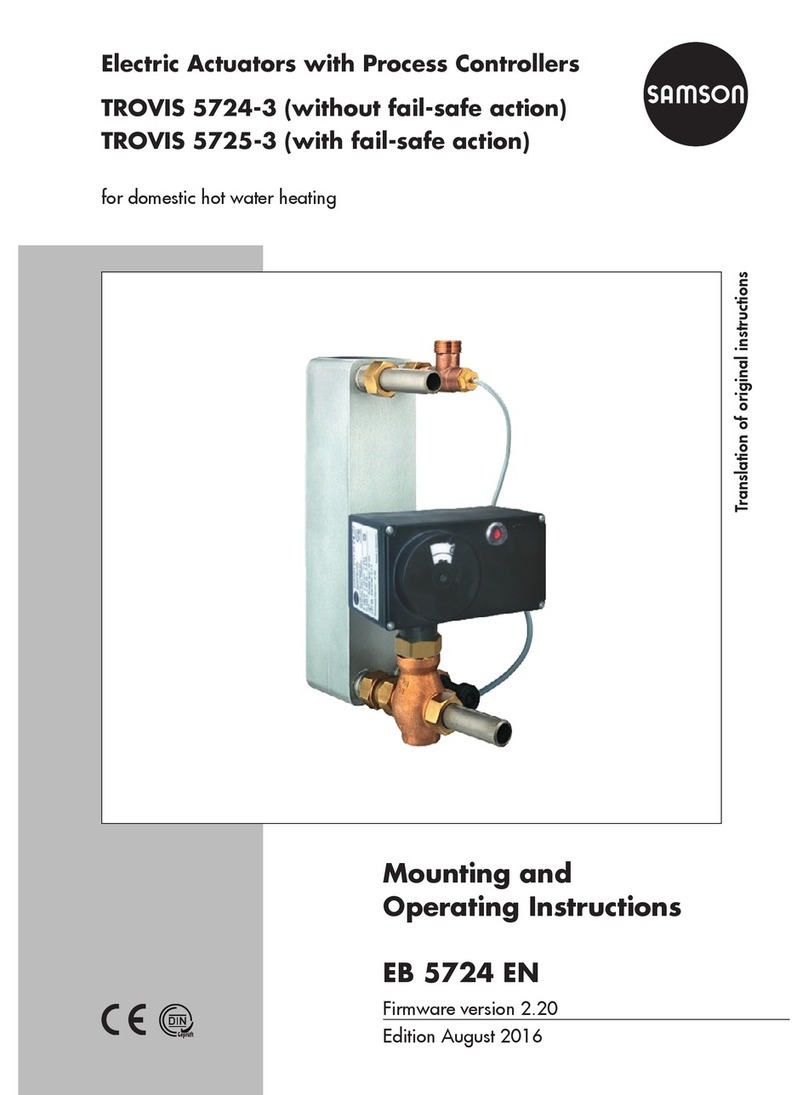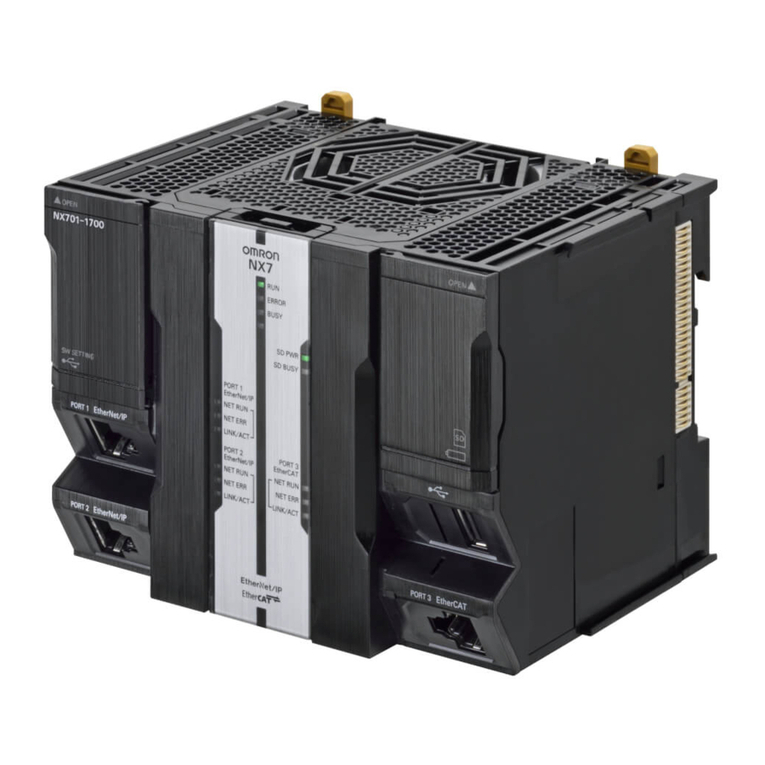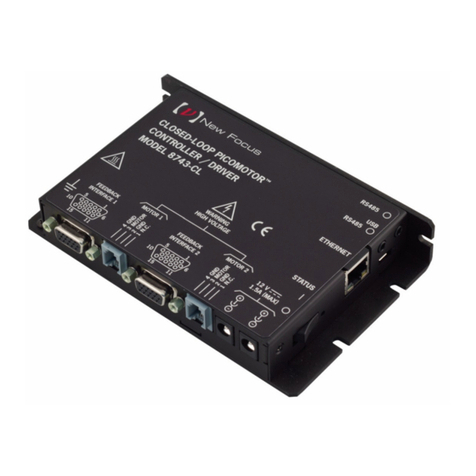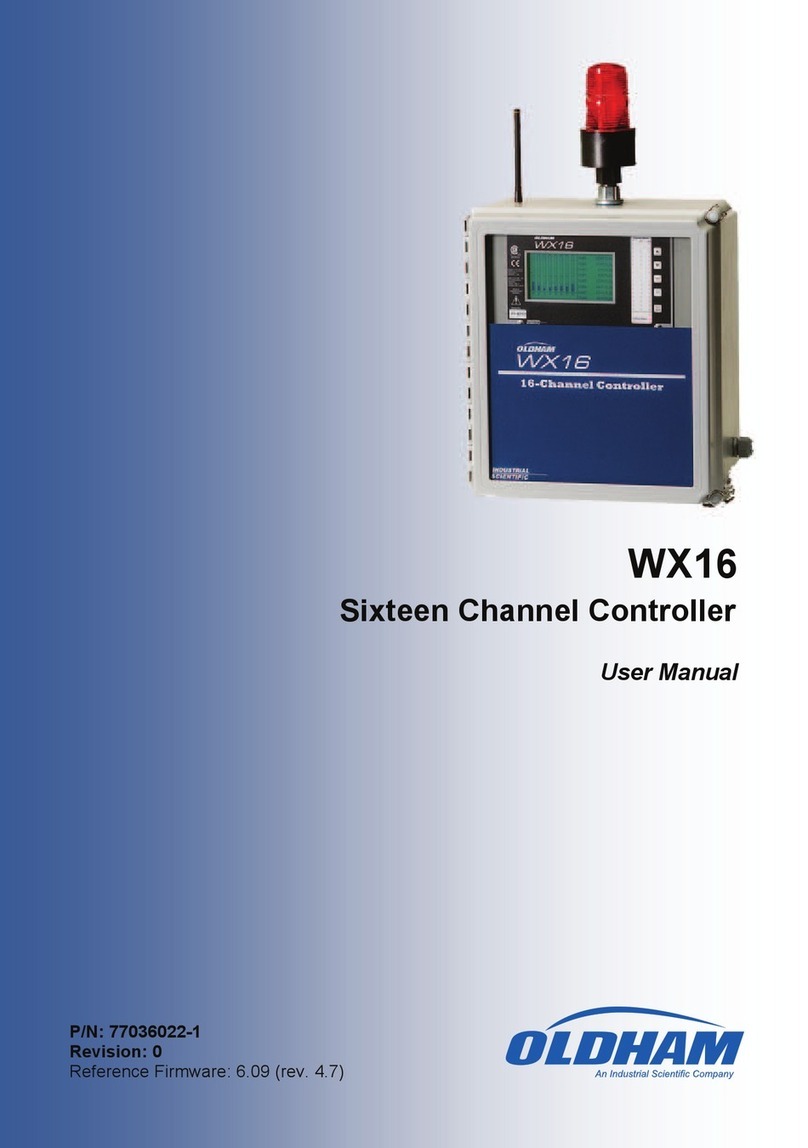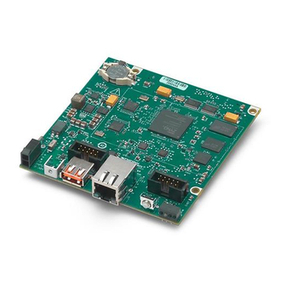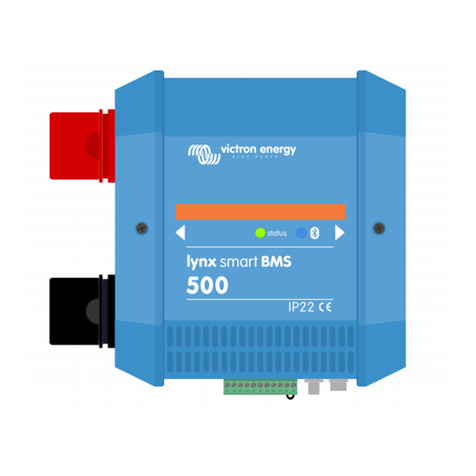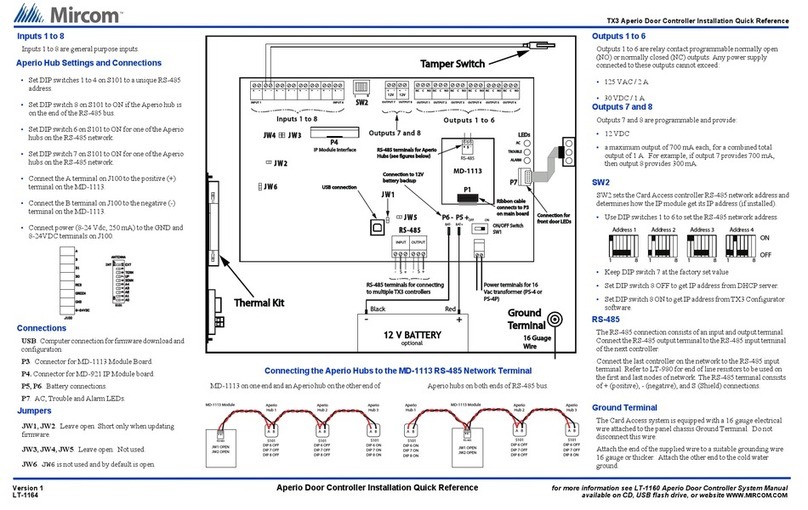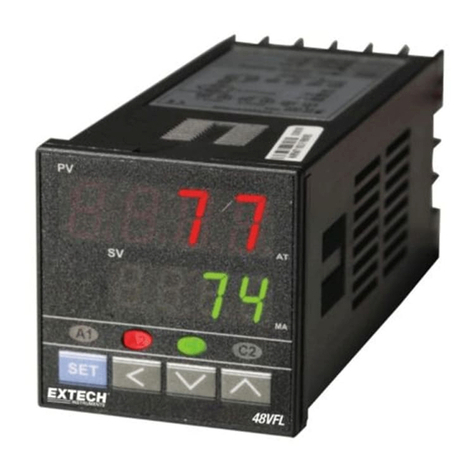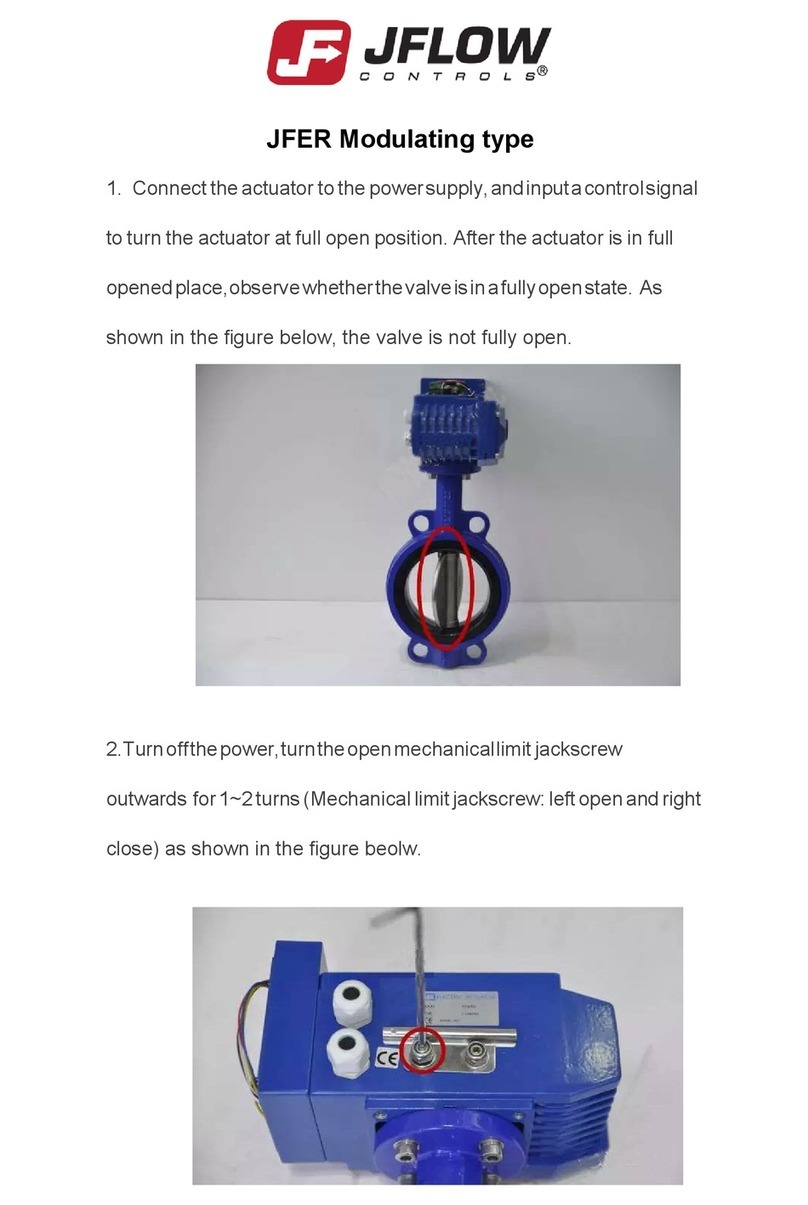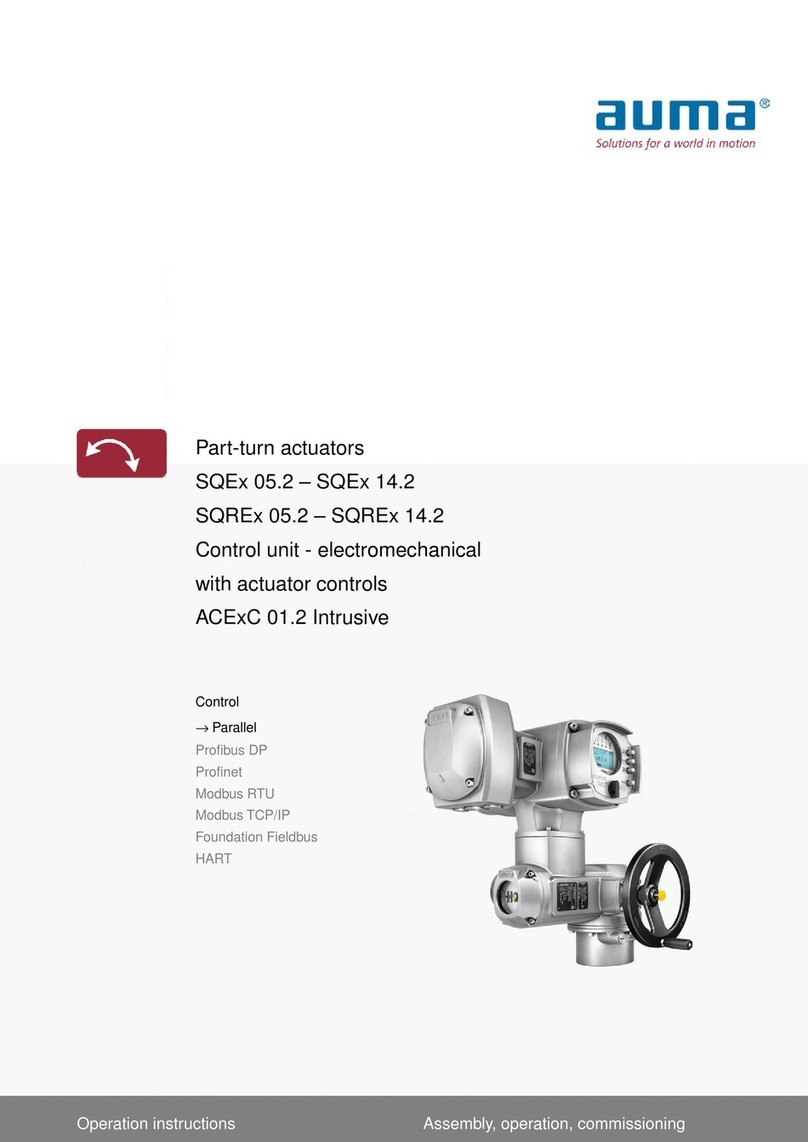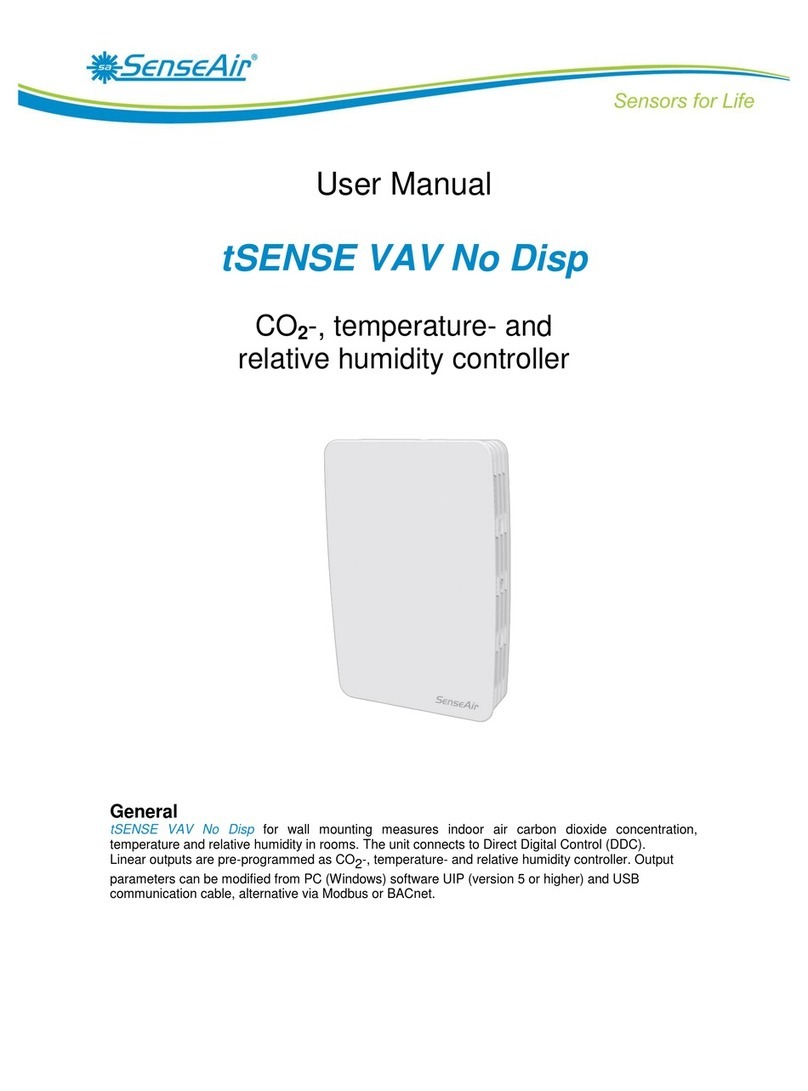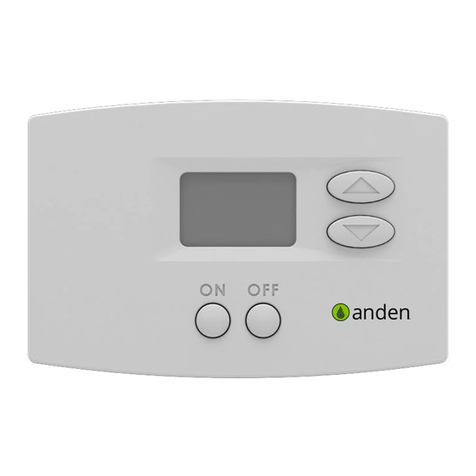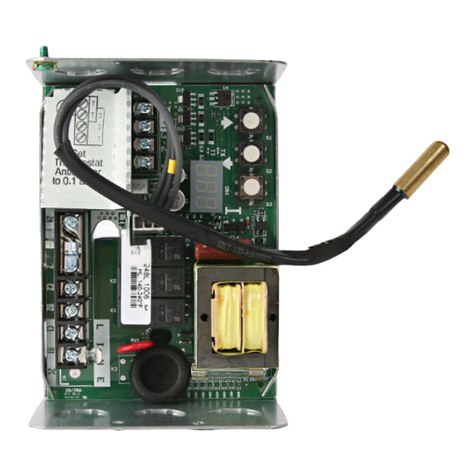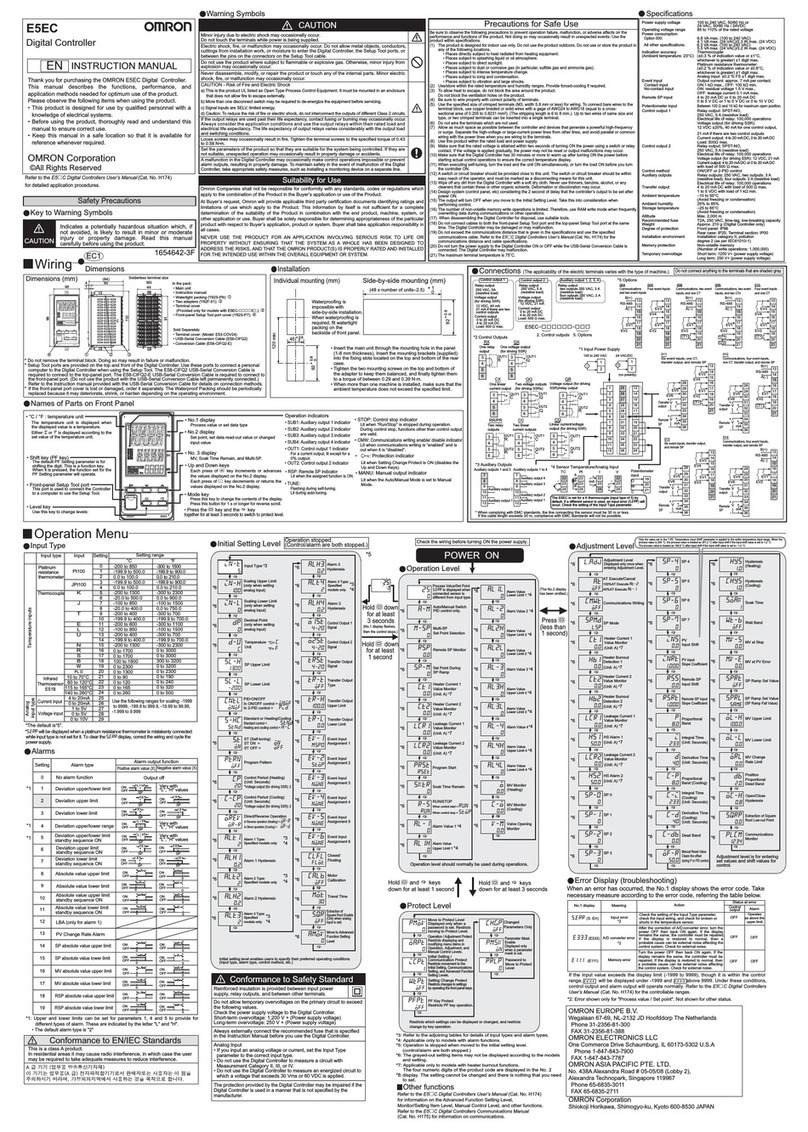
EB 3015 EN 3-1
Design and principle of operation
3 Design and principle of oper-
ation
ÎSeeFig.3-1andFig.3-2
Type42-36·Theowregulatorisusedto
limittheowrateinthepipeline.Theset
point is adjusted at the restriction.
The regulator basically consists of a
Type2423Valvewithseat,plugandset
pointadjusteraswellasaType2426Actua-
tor (closing) with operating diaphragm.
Valveandactuatoraredeliveredseparately
and must be fastened together on site using
a coupling nut.
Type42-36 DoT·Thisversioncanalsocon-
trol or limit the temperature by mounting a
double adapter with thermostat. Read the
mounting and operating instructions:
uEB3019fordoubleadapterDoT
and
uEB2231forType2231to2234Control
Thermostats
Themediumowsthroughthevalveinthe
direction indicated by the arrow. The areas
released by the restriction (1.4) and the
valveplug(3)determinetheowrate.
In fully balanced valves, the forces acting on
the valve plug created by the upstream and
downstream pressures are balanced by a
balancing bellows (5) or balancing dia-
phragm(5.1)(DN65to250,balancedbya
diaphragm).
Regulators balanced by a bellows or a
diaphragm only differ in the pressure
balancingprincipleapplied.Valves
balanced by a diaphragm have a balancing
diaphragm (5.1) instead of the balancing
bellows (5). The downstream pressure p2acts
on the bottom of the diaphragm and the
upstream pressure p1on the top of the
diaphragm. As a result, the forces created
by the upstream and downstream pressures
acting on the plug are balanced out.
The pressure upstream of the restriction (1.4)
is transferred over the control line (18) to the
bottom diaphragm chamber and the
pressure downstream of the restriction (1.4)
is transferred through the hollow plug stem
(7)pastthediaphragmstem(6)tothetop
diaphragm chamber of the actuator. This
differential pressure creates a positioning
force at the operating diaphragm (12),
which moves the valve plug depending on
the force of the differential pressure springs
(14).Forexample,iftheowrateincreases,
the differential pressure (at the restriction)
increases as well. The actuator and plug
stems move in the closing direction, causing
theowratetodecreaseuntilitreachesthe
set point adjusted at the restriction (1.4).
Whentheowratestartstodrop,the
described procedure is reversed.




















